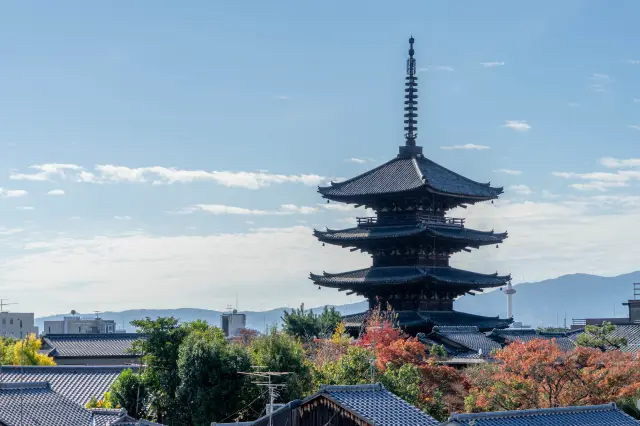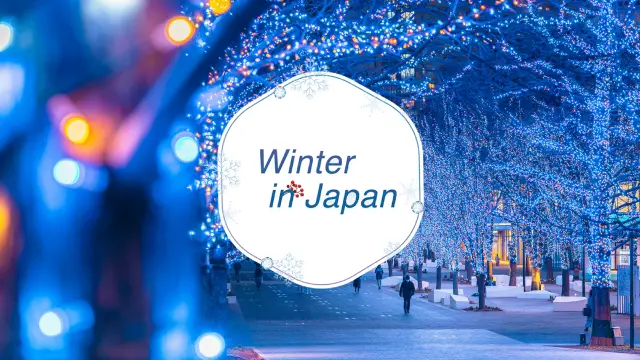The shrine’s deities are Susanoo-no-Mikoto, Kushiinadahime-no-Mikoto, and Yahashira-no-Mikogami, and it is the head shrine of approximately 2,300 Yasaka Shrine and related shrines with Susanoo-no-Mikoto enshrined scattered throughout Japan. The shrine is said to have been established in 656, when the deity of Mt. Udu in the Silla kingdom was enshrined here. It has been revered as Gion Kanshinin and Gion-sha, and is still called “Gion-san” by the locals.
It is said that when a pandemic broke out in the capital in 869, people prayed to the Yasaka deities to exorcise and control the disease. Since then, it has been highly revered as a god for protection against bad luck. The Gion Festival, one of Japan’s three major festivals, is said to have started with this prayer to prevent epidemics.
The Nishiromon Gate, standing at the east end of Shijo-dori, one of the most prominent streets in Kyoto City, is a symbol of the Higashiyama area and is designated as a national important cultural property. The beautiful vermilion-lacquered gate is eye-catching even from a distance and is a popular photo spot. The Honden (main shrine) where the deities are enshrined is also a national treasure. The current buildings were rebuilt by Tokugawa Ieyasu, the 4th shogun of the Edo period, and the unique architectural style, in which the main shrine and worship hall are covered by a roof, is called Gion-zukuri.
In addition, there are a number of shrines and attractions scattered throughout the large precincts. One of the most popular among women is Utsukushi-Gozensha. It enshrines Munakata Sanjoshin (Triple Goddess of Munakata), who are renowned for their beauty and are worshipped for their beauty benefits. In front of the shrine, there is a sacred spring water known as “beauty water”, which is said to purify your body and spirit by applying it to your skin.
Highlights
-
The beautiful vermilion-lacquered Nishiromon Gate symbolizes the Higashiyama area.
-
The Honden, a national treasure, has a unique architectural style called Gion-zukuri.
-
Utuskushi-Gozensha is revered by women for its beauty benefits.






































